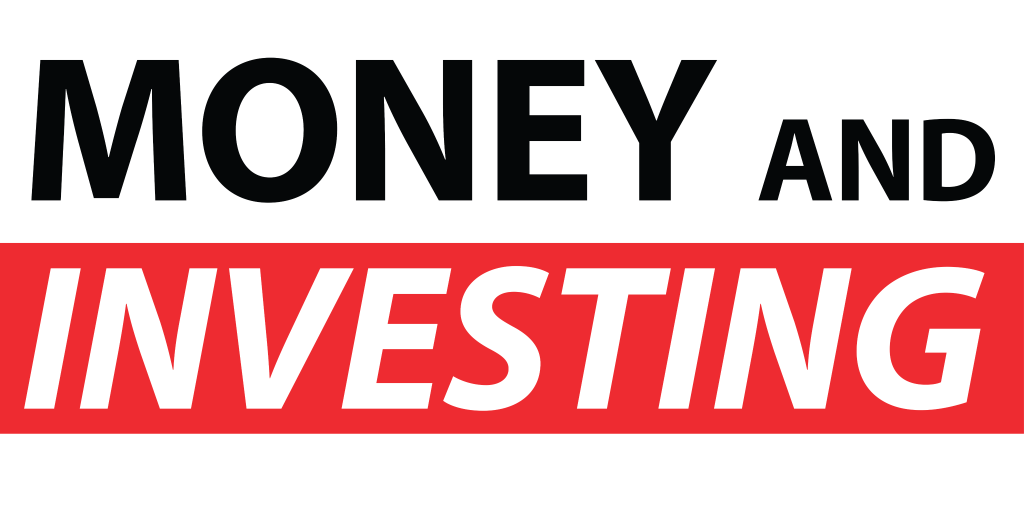Food Inflation
If you’ve visited the local supermarket over the last couple of months and bought a whole lot of stuff to last you a few days you would likely be feeling the pinch at checkout. Inflation has been the word on everyone’s lips for a while now, but join us this week as we specifically look at the inflation of food.
The Current Story of Inflation
The most recent CPI figure out of the US was 8.6% – beating out expectations significantly. We here in Australia are not quite there yet, but given the rate at which inflation continues to surge, perhaps getting there eventually is a reality. Regardless, we have seen the cost of living increase significantly in Australia, from energy, to transport, to mortgage repayments and even to food. Host Andrew Baxter points out that when it comes to transport for example, we may choose to stop driving and take the bus or ride our bike if fuel is too expensive, likewise with energy you may make a more concerted effort to minimise you usage to save you on your bill at the end of each quarter.
In the case of food, however, it is simply a non-negotiable that you must spend on, the only way around it of course is to buy less and choose cheaper alternatives.
Forces Behind Food Prices
The war in Ukraine is a major talking point with regard to food. As a major supplier of grain and wheat, Ukraine’s production capabilities have been more or less completely halted by Russia’s invasion. As a result, the supply of wheat is depleted thus forcing prices of Australian pantry staples like bread through the roof. Host Andrew Baxter points out though that this comes in combination with a range of other factors. Droughts in the US are causing underwhelming crop harvests causing further pain on the supply side of the equation. We then find out there is a shortage of fertiliser, once again setting harvests back and driving prices higher.
Higher oil prices add extra costs for producers, forcing food prices up further, and we now see a shortage in adblue, a chemical added to diesel fuel to help mitigate the level of pollution. All of this contributes to higher costs at the checkout and unfortunately right now we are seeing all of these factors come together at once. Needless to mention of course, constant interruptions to supply chains due to Covid. All of these factors add to the production and supply of food products globally. With demand remaining the same, prices are doomed to skyrocketing. When you combine these food price increases with a rising cost of living, every day Australians struggle to keep up and sacrifices need to be made.
Elasticity vs Inelasticity – a Quick Economics Lesson
As an economist himself, Host Andrew Baxter offers a brief explanation into what elasticity means in economic terms. Elastic demand is where if price moves beyond a threshold, there is a level at which consumers will choose not to buy it. On the flip side, we see inelasticity in cases where consumers simply buy something regardless of price. Some examples are things like petrol and addictive things like tobacco which people simply tend to buy regardless of price.
What Can You Do?
There are a multitude of ways we can offset rising costs, and some methods differ depending on what you’re trying to save on. Host Andrew Baxter explains the best way to save money is to make money. For example, gain skills in order to be able to capitalise on shifting economic conditions. Think of it this way, if you are going to be paying more on every visit to the petrol station, shouldn’t you find a way to benefit from rising oil prices in the financial markets? Although this is often times trickier in practice with regard to food, it is possible and you can ultimately offset your rising food costs by capitalising on financial markets. All you need is the right skills to do it.



